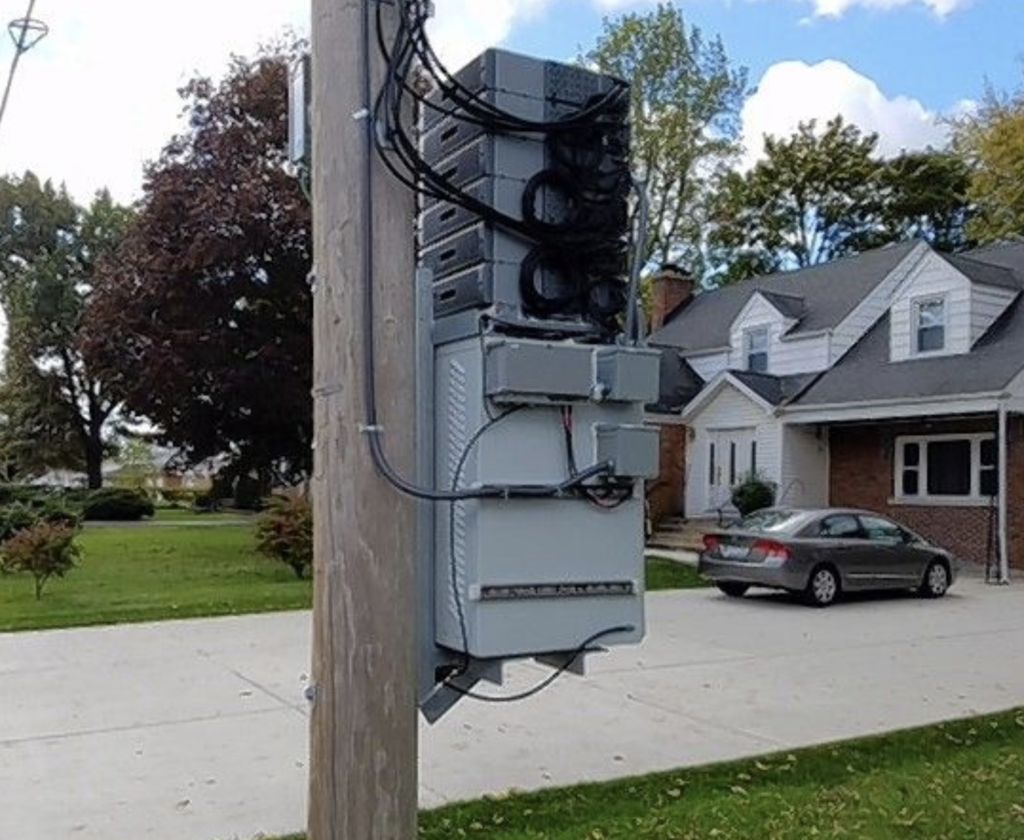If you've ever walked through a city you might have noticed tiny cell towers for 5G on street light poles. They appear like tiny boxes however they're actually sending wireless signals from cellular providers to your mobile.
They are replacing larger specially-designed cell towers. While they're not as noticeable but they can still cause problems for people.
A FCC's Radiation Exposure Thresholds
The FCC's Radiation Exposure Thresholds determine the maximum amount of time an individual can be exposed to electromagnetic radiation from wireless devices. The limits for exposure are based on scientific data that show that RF energy can be harmful to human health.
The rate of absorption called the specific absorption rate (SAR) is an indication of the radiofrequency energy absorbed by tissue. It's usually 1.6 milliwatts per kilogram spread over a gram of tissue.
However, because 5g transmits at higher frequencies and has the potential to create more energy on the skin and other directly-exposed body parts. This could result in many possible harms, such as an increase in appearance of skin conditions such as dermatitis, skin cancer and cataracts.
Due to the possible severe effects of 5g radiation, PSU has chosen to establish a general, localized power density limit of 4 mW/cm2 averaged over 1 cm2, and not to exceed 30 minutes, for all 5G services running at 3000 GHz. This localized limit is consistent with the maximum spatial-average SAR of 1.6 W/kg averaged over 1 g of tissue at 6 GHz.
The FCC's Maximum Exposure Thresholds
If you've ever used a cell phone, you probably know that a safe location from the tower should be at least 400 meters away. This is because the power of the transmission of cell towers increases drastically the farther you are from it.
While this sounds like an ideal idea, the reality is that people living in close proximity to towers might be more susceptible to health issues. For example, a study from 2014 in India discovered that those who lived within 50m from cell towers suffered significantly more health complaints than those who lived farther away from the antennas.
But, the study showed that residents who moved to areas further away from the cell towers saw their symptoms return to normal within a few days. Other studies have revealed that exposure to high levels of radiofrequency electromagnetic fields (EMFs) could cause brain tumors, cancers, and other health problems.

This is due to the fact that RF radiation, which is used in wireless communications, may penetrate the body's outer layer of skin. It is crucial to know because the skin acts as a shield against injuries caused by mechanical forces, infections from pathogenic microorganisms, as well as entry of toxic substances. Additionally, it is the biggest organ of the human body. https://arthur-barefoot.blogbright.net/perhaps-there-is-any-harm-by-5g-1680188574 is accountable for maintaining the integrity of other organs.
The FCC's Minimum Exposure Thresholds
The FCC's Minimum Exposition Thresholds depend on a variety of assumptions that are not supported by scientific evidence. safe distance from cell tower include the false belief that exposures of a short duration to RF radiation are safe due to minimal absorption into body (i.e. the heating of tissues).
This assumption does not take into account the more extensive penetration of ELF components of modulated RF signals as well as the effect of brief bursts of heat generated by RF waves that are pulsed. These theories are not compatible with current knowledge of the biological consequences of RF radiation, and thus, they should not be considered for health protection exposure guidelines.
In safe distance from cell tower there is the fact that both ICNIRP and FCC restrict their exposure limits to local peak SARs that are based on the maximum speed of spatial absorption (psSAR) which is not a sufficient dosimetric tool to determine the degree of exposure to RF radiation. In particular, psSAR is inaccurate for frequencies that exceed 6 GHz. In addition, psSAR is not been evaluated for RF radiation with co-exposure to other environmental agents , such as sunlight. In the event of interactions, RF radiations with different environmental agents may result in antagonistic or synergistic impacts. This would result in an increased risk of adverse health effects. For example, co-exposure to RF radiation and sunlight could raise the chance of skin cancer, and may also exacerbate other skin conditions like acne.
